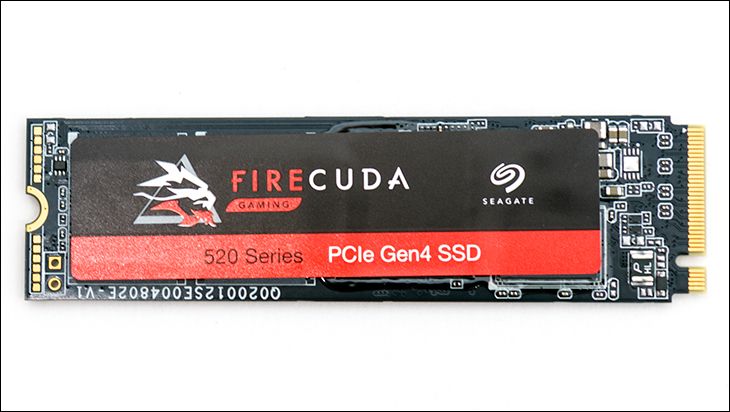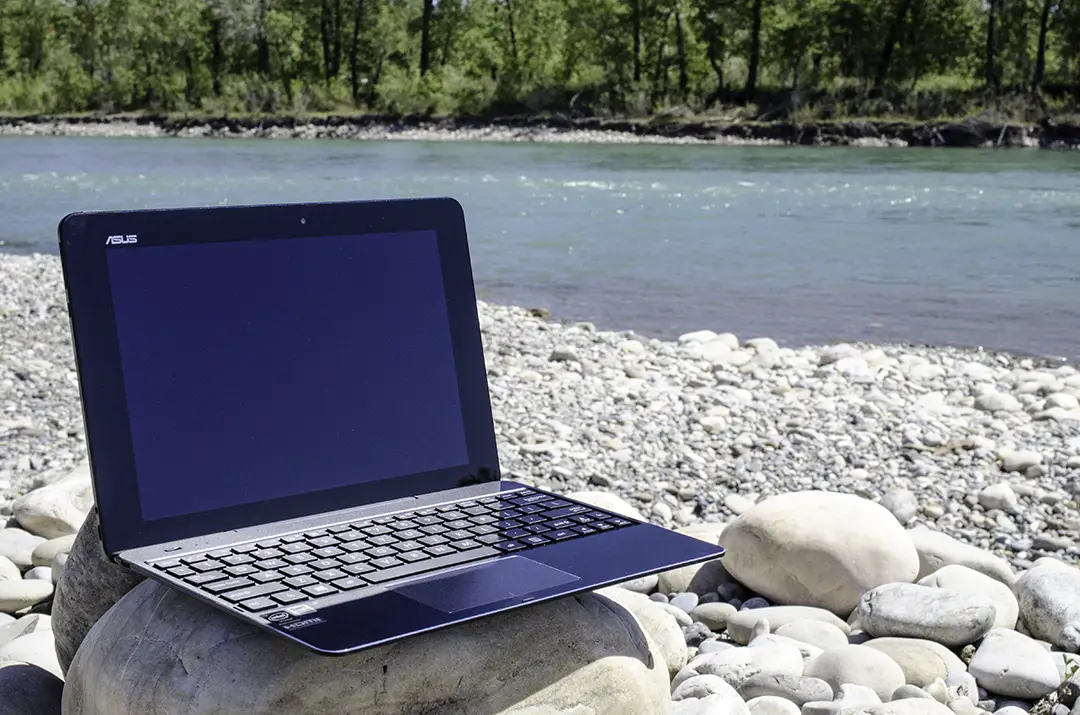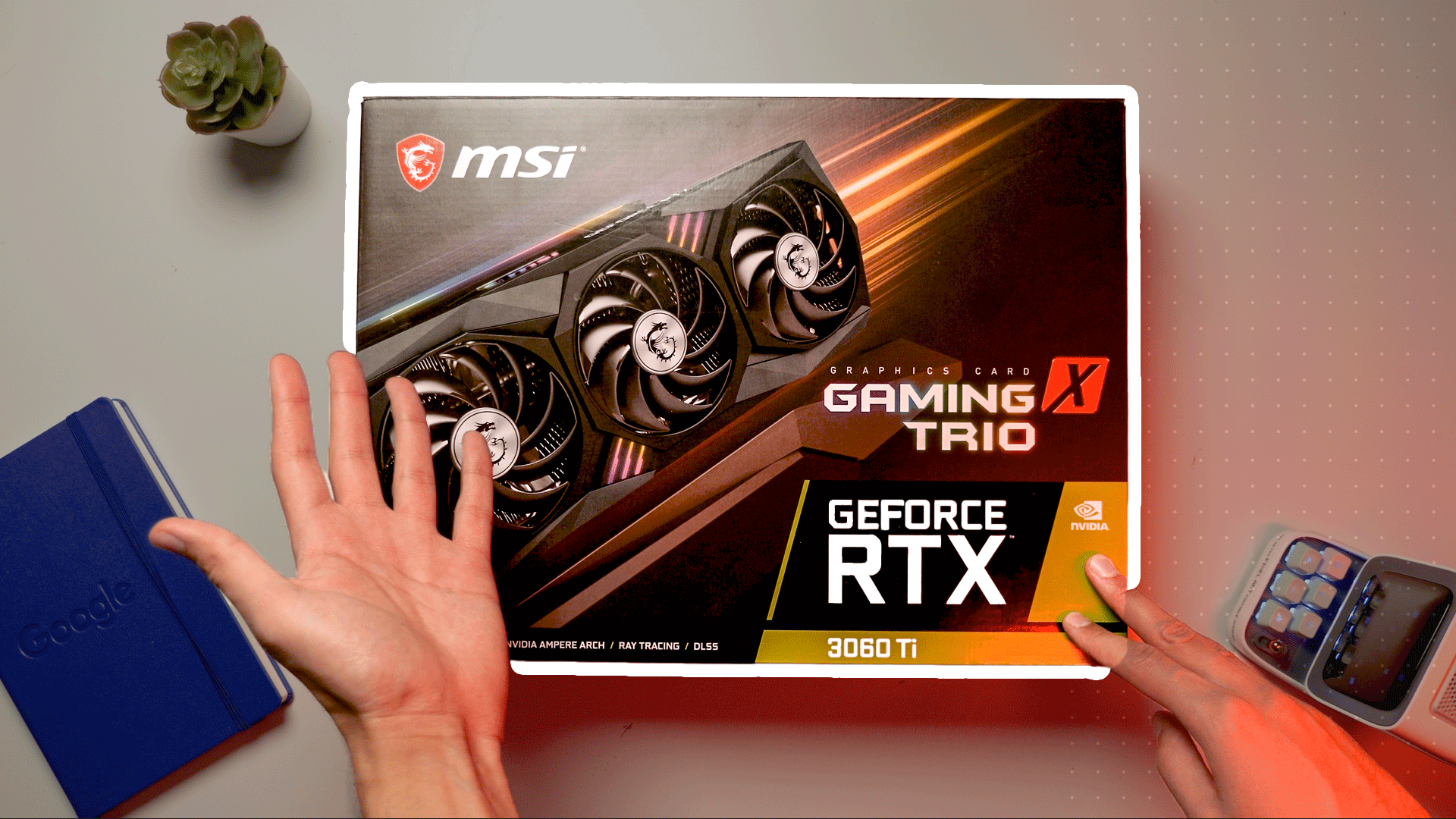The reasons to purchase a high-performance storage device are as varied as the consumers who purchase them. For some application load time is the deciding factor in their purchasing decision. For others it is Virtualized Operating System performance. For others it is game load times. For others still, it is to shave a .1 of second off their synthetic test scores so as to climb ever higher in the online rankings that various sites host.
With such a wide variety of criteria it behooves us to use as wide and varied a list of testing protocols as possible. As such we have used a blend of synthetic and real-world benchmarks, as well as custom recorded real-world game benchmarking. For custom game play we have chosen f popular titles: Borderlands 2, Call of Duty: Ghosts, and Saints Row 3. These games should give a good overview of the potential performance a given storage device will offer in real world game centric scenarios.
For game load times testing we have chosen games which are clearly not Internet, GPU, RAM or CPU bottlenecked. The system was cold restarted in between each load to make sure no data saved in the GPU’s ram could influence load times. As with all tests all games were run four times and an average rounded the nearest second is recorded as the official result.
For the Call of Duty: Ghosts we timed the level load time for the map called Into the Deep in the single player game. This level was chosen as it contains a large map and loads a lot of data from the storage device to the GPU.
For Borderlands 2 we have recorded the time it takes to fast travel from Sanctuary map to Oasis. Oasis is the beginning of the Captain Scarlett and Her Pirate’s Booty DLC. This was chosen as it not only is a special level not included in the original Borderlands 2 game and thus contains additional data which should slow the load of this special map.
For Saints Row 3 (labelled ‘SR3’ in the chart) we have recorded the load time from a specific save game. The game was saved just at the end of the ‘Shaundi saved’ version of “Three Way Ending” but before the cut scene. This was chosen as the game not only loads the Three Way Ending data but also the next level “Gangsta’s in Space” DLC level.
For synthetic tests we used a combination of the ATTO Disk Benchmark, AS-SSD, Crystal Disk Benchmark, HDTach, HD Tune, and IOMeter.
For real world (non-gaming orientated) testing we have used OS startup, Adobe Photoshop, VMWare, and data transfer times. For data transfer we timed how long a single 100GB rar file took to copy to and then from the devices. We also used 30gb of small files (from 100kb to 200MB) with a total 36,000 files in 1200 subfolders.
For the testbed a 24-core, AMD Threadripper 3960X was used with either 128GB of DDR4-3200 RAM installed or 128GB of DDR4-3600. During certain portions of the testing a 100GB RAM Drive was configured so as to remove any potential bottlenecks in performance. Every where else the faster DDR4-3600 was used.
All tests were run 4 times and average results are represented.











